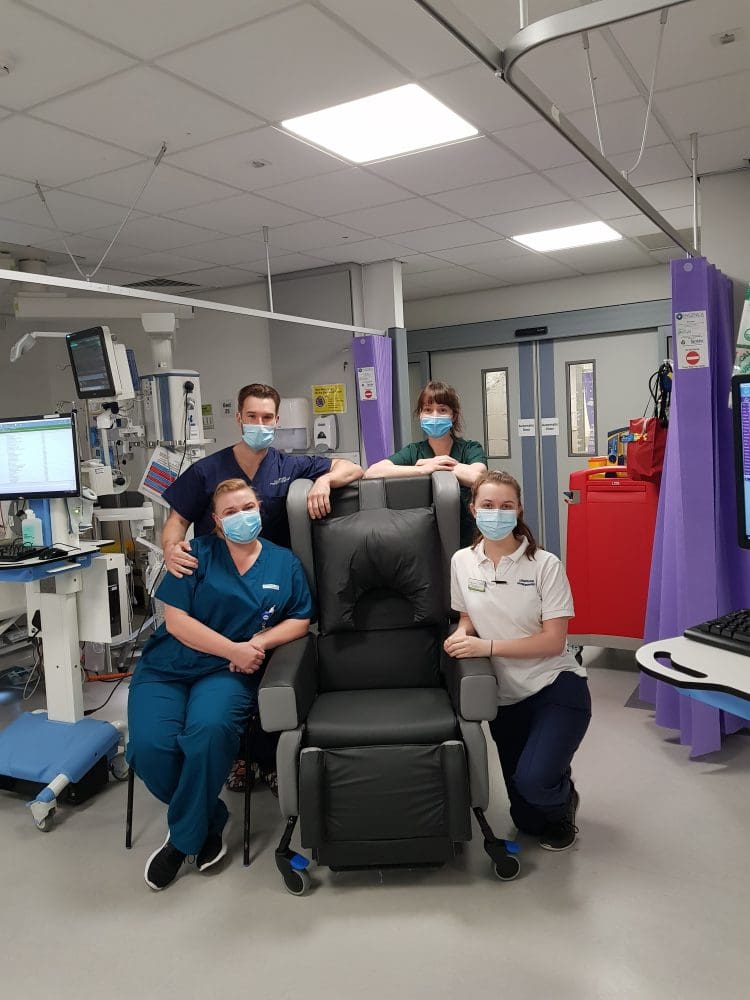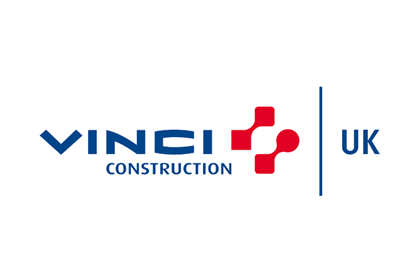The Children’s Accident and Emergency Department at Calderdale Royal Hospital sees around 16,000 children a year who are sick or injured and need emergency care. Visiting A&E may be scary and confusing for children, but having a calming and welcoming area to wait in can help to alleviate worries and stress. The team at Royal Calderdale want to upgrade their existing waiting room to a bright, spacious area with sensory wall panels and an LED projector to create soothing lighting effects. The equipment should last at least 15 years, benefiting many thousands of children visiting the A&E unit each year.
Donate now
More Projects
Southport and Ormskirk Hospital NHS – Trust Syringe Drivers
The Ormskirk & District General Hospital is a large facility serving West Lancashire including Ormskirk and Southport.
Find out more →Tameside General Hospital – Carescape cardiac monitor
A Carescape cardiac monitor will provide safe care for respiratory patients on the children’s unit and those being treated by Child and Adolescent Mental Health Services (CAMHS). Catherine Isherwood, Children’s Unit Manager, explains: “The monitor allows a patient to have continuous cardiac monitoring whilst they are on a medication infusion. We mainly use the monitors […]
Find out more →Green Fold Special School – Accessible Planter
Outdoor learning is an important aspect of education for children as it has many physical benefits as well as supporting pupils mental health. MedEquip4Kids are seeking funds to provide Green Fold Special School with an Accessible Planter which will allow all pupils to get involved with gardening and the planting of flowers, vegetables and herbs. […]
Find out more →“The specialist treatment chairs are a new vital resource for the therapy team and nursing staff to be able to safely and comfortably sit extremely complex, dependant, critical care patients out of bed. The chairs allow us to begin the patient’s rehabilitation journey by providing appropriate postural support at the same time as pressure relief to allow the patient to build the muscle strength to hold themselves up against gravity. This allows them to begin to interact with their environment in a more normal way, enabling them to participate in meaningful activities such as meal times and activities of daily living.”
Physiotherapy Team
Critical Care Unit
Royal Preston Hospital









